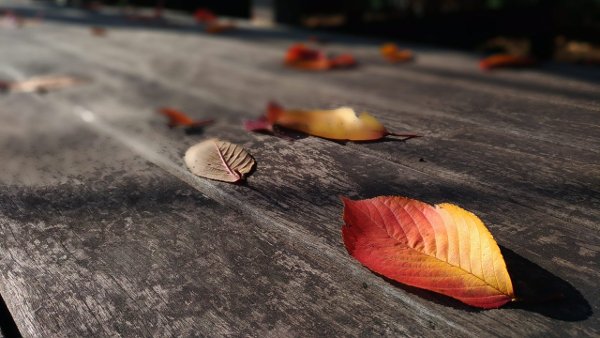Decks & Balconies: The Materials
Inside the Inspector’s Head
Featured Blog Post Written By Aaron Borsch from Core Inspection
Last time I talked about drainage. This time lets talk about decks and balconies.
Decks are wonderful features that everyone enjoys. People like to use it for parties, BBQs, etc. However these features are constantly exposed to the elements and do take a lot of abuse from rain, wind, snow, etc.

Generally, all wood decks are supported by posts and joists. These joints may or may not also be resting on a beam.
Best practice for posts is to have them on concrete footing, that raises them above the grade, with also metal saddles anchoring the posts. This method reduces rot on the bottom of the post because it will have less contact with the ground and with that, water. It is also possible to support a low rise deck on concrete block support, rather than actual footing. This would depend on the grade it is resting on.
Most decks are made of wood, and it is recommended to use treated wood to resist rot. However, other materials can be used, such as composite. Composite is great since it doesn’t rot, however it is also more expensive to work with.
There are several types of top surface styles used
The most common type found are wood planks. They are simply wood planks resting on the joists. Since it is made of wood, the surface requires maintenance in the sense that it needs to be commonly painted or stained to resist rot.
This style also has gaps naturally which allows rain water to fall through the surface. This means no water would rest on top of the deck.
Membrane decks are the same typical wood support, but instead of planks, a wood substrate is installed. On top of that, a membrane is applied, of either vinyl, or some liquid applied resin.
These styles do not have gaps on top of the surface, and therefore need a system of drainage to reduce water sitting on top of it. A typical method is to have a slope on the deck to allow water to shed off. However other ways would be adding surface drains, or scuppers if the rails are solid.
Tile decks are considered nice due to the feel of tile on your feet. They do require a substrate that is able to take the weight of the tile. Tile, if not done properly, do not take weathering well. A common thing to see on tile decks is the grout cracking early, and this would allow moisture to penetrate the surface, and possibly cause premature rot and damage.
Not a common material used for deck surfaces, due to its weight and high price tag to install. While it is perceived as durable, concrete surfaces do commonly crack over time, which visually detracts from the look. Further those cracks, like tile, will allow moisture to seep through the concrete and cause moisture damage. Common maintenance includes sealing the tile.
It is important to understand that decks do weather, and due to the nature of them being outside, it is very common to see decks that need some sort of maintenance or upgrades to it.
Sign up for our newsletter to get tips, stats and market updates sent to your email!

 Deposit vs Down Payment: What is the Difference?
Deposit vs Down Payment: What is the Difference?